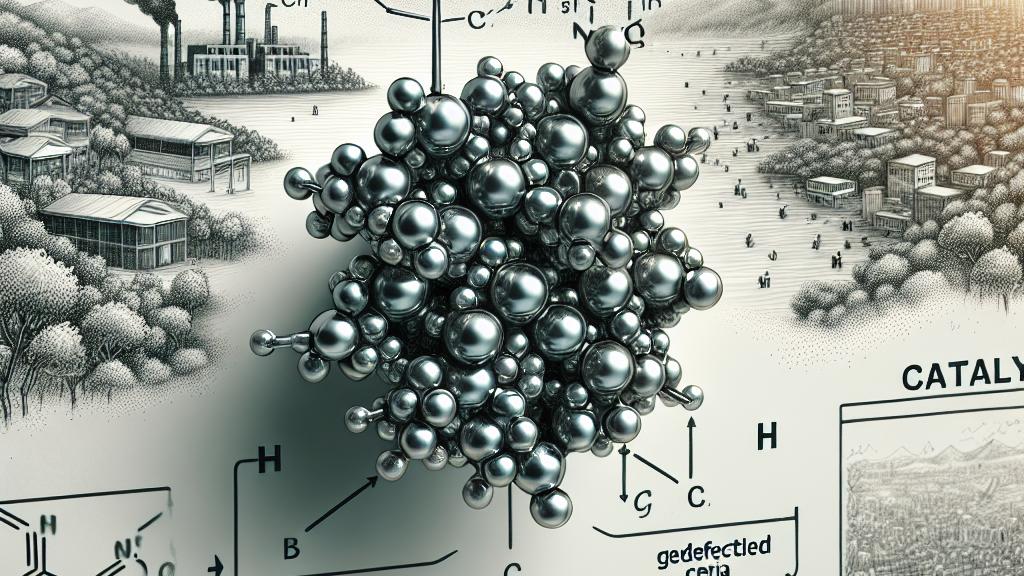Innovative Catalyst Breakthrough for Climate Change Solutions
Overview
- A groundbreaking trimetallic catalyst achieves unprecedented CO2 reduction efficiency.
- Advanced techniques reveal insights into its unique performance characteristics.
- This research opens new doors for sustainable solutions in combating climate change.

A New Era in CO2 Reduction
Imagine a world where carbon dioxide, a major contributor to climate change, is transformed into valuable resources! This is becoming a reality thanks to a breakthrough study from the Tata Institute in India. At the center of this innovation is a trimetallic catalyst, skillfully made from nickel, copper, and zinc nanoparticles supported on defective ceria. What’s astounding is that this catalyst achieves a CO productivity of 49,279 mmol g⁻¹ h⁻¹ at 650°C, which marks a staggering nine-fold increase over traditional catalysts. Picture it as turning pollution into power! Moreover, it boasts remarkable stability, sustaining its impressive performance for over 100 hours without any degradation—a true marvel in the world of catalysis.
The Science Behind the Performance
So, what makes this catalyst a true game-changer? The key lies in the strong metal-support interaction, commonly referred to as SMSI. This phenomenon occurs when the trimetallic particles work in tandem with the defective ceria, creating a fine-tuned electronic structure that optimizes performance. Think of it as a team sport, where each player (metal) plays a vital role to secure victory. Utilization of advanced imaging techniques, including in-situ transmission electron microscopy, has allowed scientists to peer into the workings of this catalyst, observing how SMSI enhances both its activity and stability. This unveiling of catalyst dynamics transforms abstract theories into concrete realities, showcasing how innovative approaches can yield phenomenal results.
Broader Implications for Sustainability
But the impact of this research reaches far beyond the laboratory walls. In a time when climate change looms larger than ever, the ability to effectively convert CO2 into useful products is paramount. This trimetallic catalyst not only serves as an effective tool for reducing greenhouse gas emissions but also sets the stage for novel innovations across various industries. For example, by blending established catalytic materials with cutting-edge defect engineering, scientists can create next-generation catalysts that maximize carbon conversion potential. Visualize a future where CO2 emissions are not merely captured but transformed into renewable energy sources or essential chemicals, thus illuminating a path toward sustainability. This isn’t just a hopeful aspiration; it’s a reality emerging from our continuous quest for knowledge.

Loading...